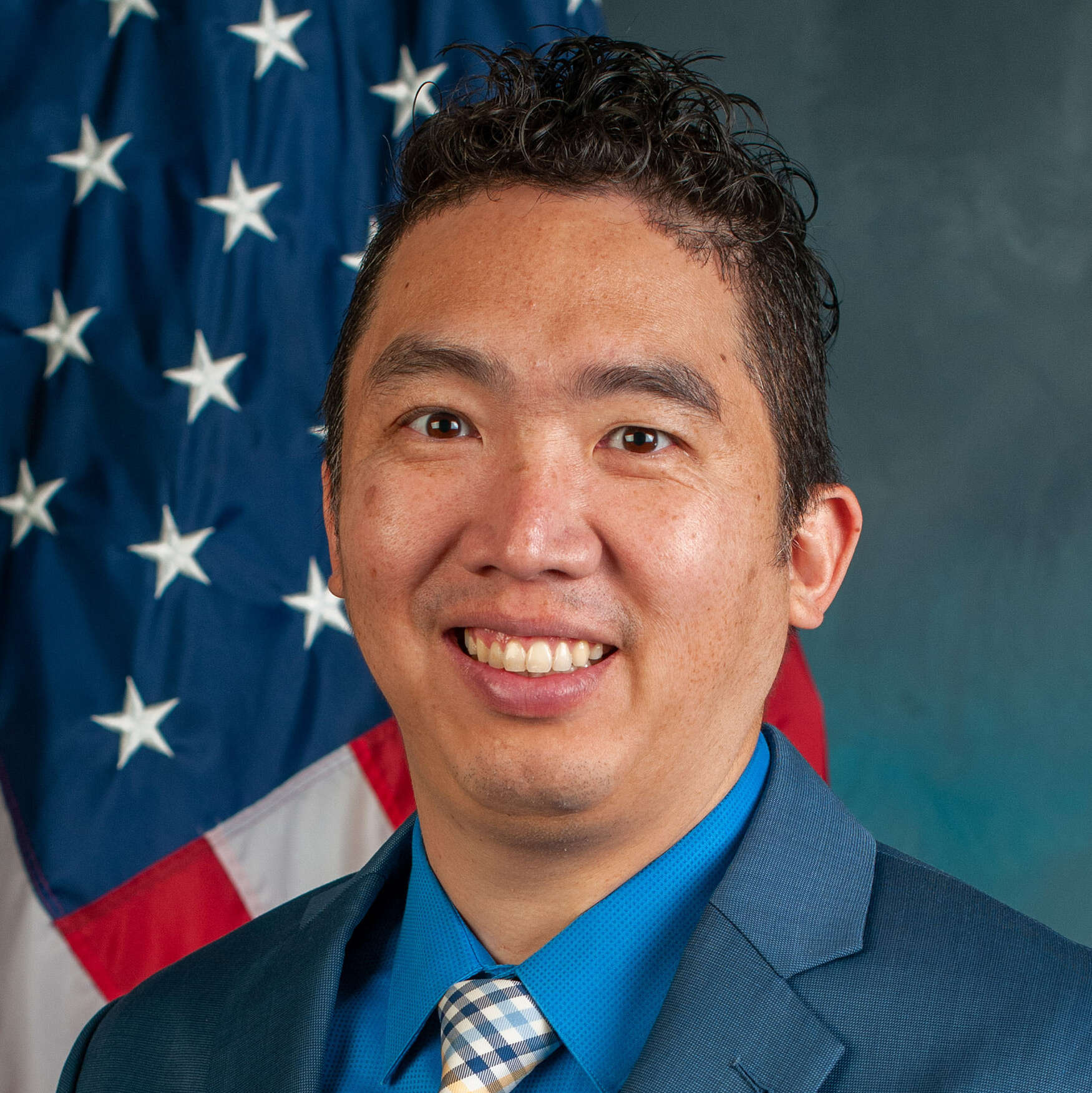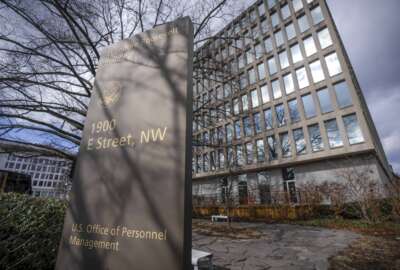OPM giving two big data platforms a much-needed facelift
Taka Ariga, the chief data officer at the Office of Personnel Management, said the agency is modernizing, better integrating the EHRI and FedScope databases.
The Office of Personnel Management is digging into its treasure trove of data about federal employees.
Its goal is to create a modernized database that can help drive better decisions faster.
Taka Ariga, OPM’s new chief data officer, said they are building a single source of truth for all hire-to-retire data about federal employees.

“At the core of that platform is something called Human Resources Insights (HR Insights). We’re really building that capability right now. Part of our Enterprise Human Resources Integration (EHRI) platform is migrating into HR Insights,” Ariga said in an interview with Federal News Network after his panel at the recent ACT-IAC Imagination Conference. “We’re looking to move other functions within OPM to be part of that ecosystem of single source of truth. The journey is ongoing, as with all modernization projects. I don’t think we’ll ever be ‘done,’ but we just want to make sure we can continually onboard data in a way that is consistent and serve the needs of our stakeholders.”
EHRI is a data warehouse OPM built over the last 20 years that maintains the integrity of the electronic Official Personnel Folder (eOPF), which manages the information rights, benefits and entitlements of federal employees.
Ariga said the goals of HR Insights is part modernization of the EHRI platform and part reducing the time to use data to drive decisions.
“Part of that is modernizing the e-OPF platform so that there’s more availability, there’s more uptime and more self-service options. Up to this point, if you needed to know what was accurate on your SF-50, you have to wait until the next business day. But with a modernized eOPF, that can be done 24/7 at your own leisure,” he said. “There are incremental things that we’re doing to build out that data repository, but there are also a lot of forward looking data analytical products that we’re developing to make sure that insights to those information are readily available.”
OPM taking iterative approach
At the same time, OPM also is modernizing its FedScope platform. That database integrates with EHRI and collects and provides specific employment and diversity data.
“First and foremost, we want to make sure that the information that needs to be derived from FedScope is easily accessible. I know there are lots of ongoing challenges with the current FedScope setup,” Ariga said. “Part of it is also making sure that we have those feature built in, not just retrospective insights, but how do we start thinking about foresight, so forward looking capabilities on projection, things like that, and so we have a lot of exciting features on a docket. Our goal is to communicate that clearly to the stakeholders, not only to internal FedScope users within OPM, but also external ones like researchers, media and policy makers.”
Ariga said for both FedScope and EHRI modernization efforts, the goal is to roll out new features, get feedback from users and continually iterate the capabilities.
Another key piece to this modernization effort is, of course, data governance. Ariga said without the proper governance and management of the data, creating that “single source of truth” will be much more difficult and therefore HR Insights will be less valuable to users.
He added a parallel effort is making sure OPM has the technical infrastructure in place to manage the data base and analytical tools.
OPM recently completed its two-year migration to the cloud, moving more than 50 applications and systems off premise. Guy Cavallo, OPM’s chief information officer through Friday, said recently about 90% of their infrastructure is now in the cloud.
Breaking down data siloes
Ariga said the biggest challenge with the HR Insights effort remains around changing the culture of data sharing.
“A lot of agencies are used to more of a siloed approach to information. So how do we break down those siloes and make sure that there’s the right privacy protections in place, there’s the right governance things in place, but also, some of these are funding, naturally, to make sure that as we are driving toward modernization and we can demonstrate that value,” he said. “It’s not we’re not just doing modernization for the sake of modernization. So how do we articulate that story? How do we articulate the justification to that story, especially around data governance, which is not something that generally gets a whole lot of attention, but making sure that we tell that story so that story so that it matters to the individual that we need to interact.”
OPM began to tell its data story in May 2023 when it released its data strategy. In that document, OPM said its goal is to create an enterprise analytics platform, and to break down data siloes and promote information sharing. It’s also looking to use data analytics to improve federal employee satisfaction and customer experience across the government.
The goals in the strategy are driving all of Ariga’s plans for 2025 and beyond.
He said among his other priorities are to make the Federal Employee Viewpoint surveys more easily consumable and available to individual agencies so that they can see how they’re progressing.
“Part of that is also building four sites into that process to say maybe they can project forward on how employees will continue to engage,” he said. “I think artificial intelligence is certainly top of mind for OPM as well. How do we responsibly, but in a value added way, support the use of AI in a way that adds to the information richness that OPM has?”
Copyright © 2025 Federal News Network. All rights reserved. This website is not intended for users located within the European Economic Area.
Jason Miller is executive editor of Federal News Network and directs news coverage on the people, policy and programs of the federal government.
Follow @jmillerWFED






